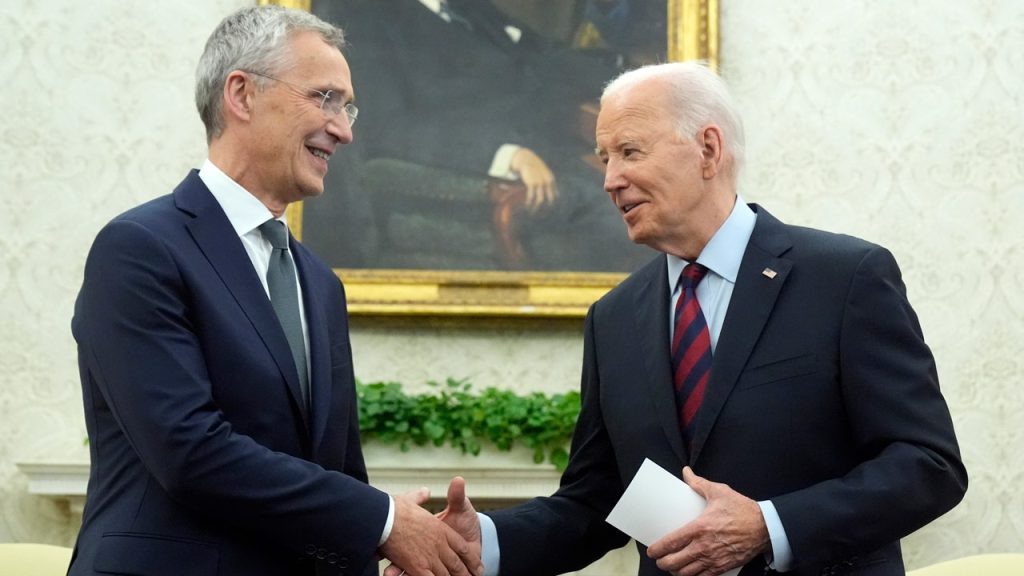NATO Secretary-General Jens Stoltenberg recently announced that a record 23 out of the 32 member nations in the alliance are meeting the goal of spending at least 2% of their gross domestic product on defense. This increase in defense spending is a response to escalating tensions in Europe due to Russia’s war in Ukraine. Stoltenberg’s visit to the White House highlighted the strong relationship between NATO and the United States, with President Joe Biden praising the alliance’s deterrence of further Russian aggression and strengthening of NATO’s eastern flank.
The surge in defense spending across European allies and Canada, up nearly 18% this year alone according to NATO’s estimates, demonstrates the growing concern over Russia’s actions and potential threats in the region. Some countries, such as Poland and Estonia, are surpassing the United States in the percentage of GDP spent on defense, reflecting the proximity to Russia and the need for increased military capabilities. Stoltenberg emphasized that NATO members are also purchasing more military equipment from the U.S., highlighting the mutual benefits of the alliance.
The upcoming Washington NATO summit is expected to address the ongoing conflict in Ukraine and what NATO can do to support the country as it faces relentless attacks from Russia. While Ukraine’s membership in NATO is a contentious issue, Stoltenberg highlighted efforts to streamline the eventual membership process and provide updated arms and training to Ukraine’s military. The NATO chief stressed that only by taking Ukraine into the alliance can the war truly end and deter Putin from future aggression.
Russia’s offensive in Ukraine has raised concerns among NATO members about the security situation in Europe, prompting a renewed focus on defense spending and military readiness. The alliance has grown in strength and size since the invasion of Ukraine, with both Sweden and Finland joining. Stoltenberg noted that the shifting U.S. administrations have encouraged NATO allies to increase their defense spending, with the recent surge reflecting a commitment to collective security and solidarity within the alliance.
The recent conference in Switzerland aimed to lay the groundwork for peace in Ukraine but ended with few concrete outcomes. Western nations, excluding Russia, participated in the conference, while China and other major countries did not sign the final document. The conflict in Ukraine continues to escalate, with Ukrainian forces struggling to hold back the Russian army and facing shortages in troops, ammunition, and air defenses. NATO’s support for Ukraine remains crucial in addressing the security challenges in the region and ensuring a peaceful resolution to the ongoing conflict.
Overall, Stoltenberg’s visit and the upcoming NATO summit highlights the unity and strength of the alliance in addressing security threats in Europe. Increased defense spending and support for Ukraine underscore NATO’s commitment to collective defense and deterrence against potential aggressors. As tensions in the region persist, NATO continues to adapt and strengthen its capabilities to ensure the security and stability of its member nations.


